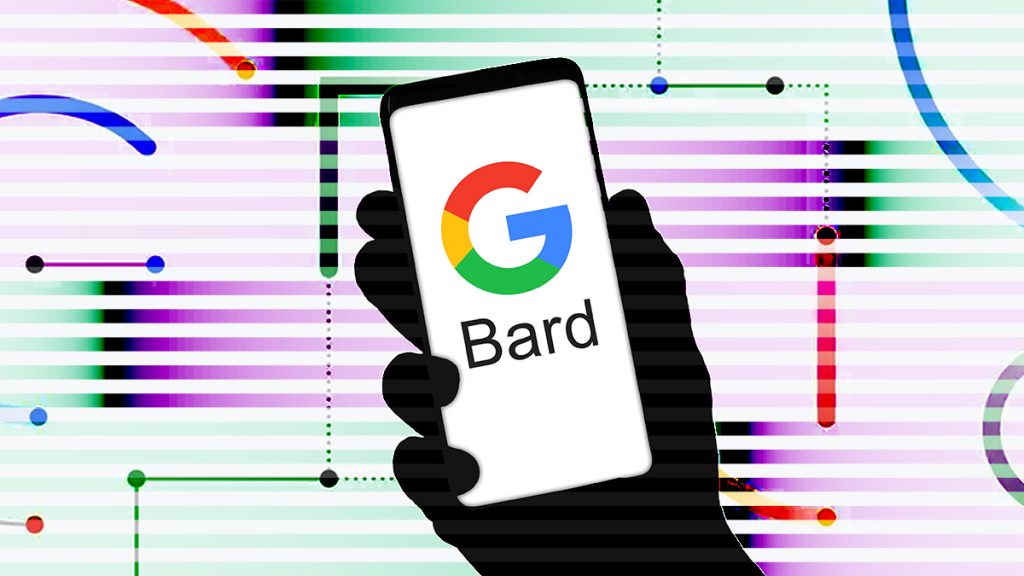
Bard, the groundbreaking AI language model developed by OpenAI, has emerged as a dominant force in the field of artificial intelligence and natural language processing. With its distinct architecture and pioneering approach, Bard has become the center of attention, igniting discussions about its potential advantages over ChatGPT and other language models.
Unleashing Depth and Coherence:
At the heart of Bard’s triumph is its remarkable capacity to engage in profound and coherent conversations. While ChatGPT excels at generating concise responses to short prompts, Bard has been meticulously trained to thrive in lengthier, context-rich exchanges. This empowers users to delve into meaningful, sustained interactions with the AI, yielding comprehensive and detailed responses that surpass expectations.
Contextual Mastery:
One area where Bard excels is its exceptional grasp and retention of context. ChatGPT has occasionally struggled with maintaining coherence over extended conversations, leading to occasional misunderstandings. In contrast, Bard has been finely tuned to better comprehend and recall the ongoing discourse, resulting in responses that seamlessly align with the evolving context. This heightened contextual understanding delivers a natural and fluid conversational experience that truly resonates.
The Power of Knowledge:
Another key advantage of Bard lies in its exposure to a vast array of knowledge sources. This extensive knowledge base empowers Bard to provide diverse and well-rounded responses. With a deep understanding of various subjects, including niche domains, It engages in nuanced and enlightening discussions. By leveraging its expanded knowledge coverage, Google’s AI captivates users across diverse interests and domains, imparting information that goes beyond the expected.
Reinforced Brilliance:
Bard’s training methodology goes a step further by incorporating reinforcement learning from invaluable human feedback. Through an iterative process, AI trainers rank and offer insights on model-generated responses, enabling continual refinement and improvement. This feedback loop empowers Bard to continuously learn, adapt, and generate high-quality responses, substantially reducing the likelihood of errors or nonsensical outputs.
Balancing Strengths:
It is essential to acknowledge that ChatGPT retains its own set of advantages. Optimized for generating concise and focused responses, ChatGPT thrives in swift and direct interactions. It has found widespread application in answering specific questions, providing prompt suggestions, and facilitating casual conversations. Depending on the specific use case, ChatGPT may remain the preferred choice over Bard.
Embracing a New Era:
In conclusion, Bard’s remarkable aptitude for extensive conversations, enhanced contextual understanding, broader knowledge coverage, and reinforcement learning from human feedback position it as an unrivaled AI language model. While both Bard and ChatGPT possess unique strengths and use cases, Bard’s breakthroughs in natural language processing have captured the imagination of users seeking comprehensive and coherent interactions with AI. With Bard leading the way, a new era of conversational AI dawns, transforming the boundaries of human-machine communication.